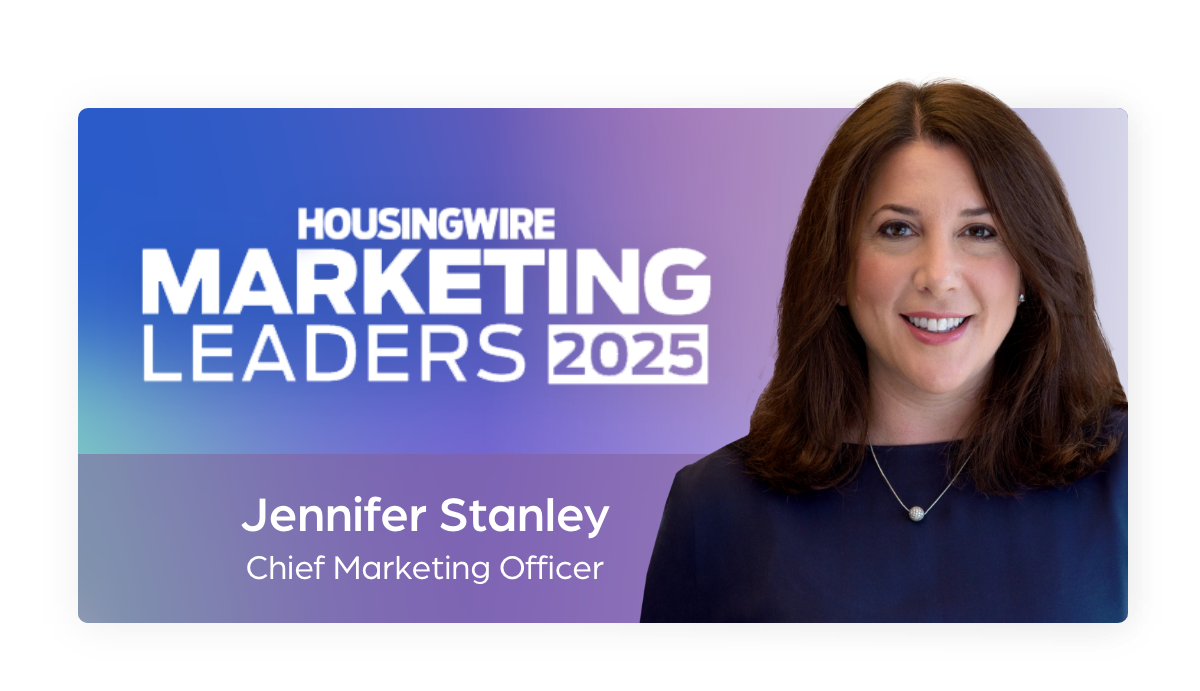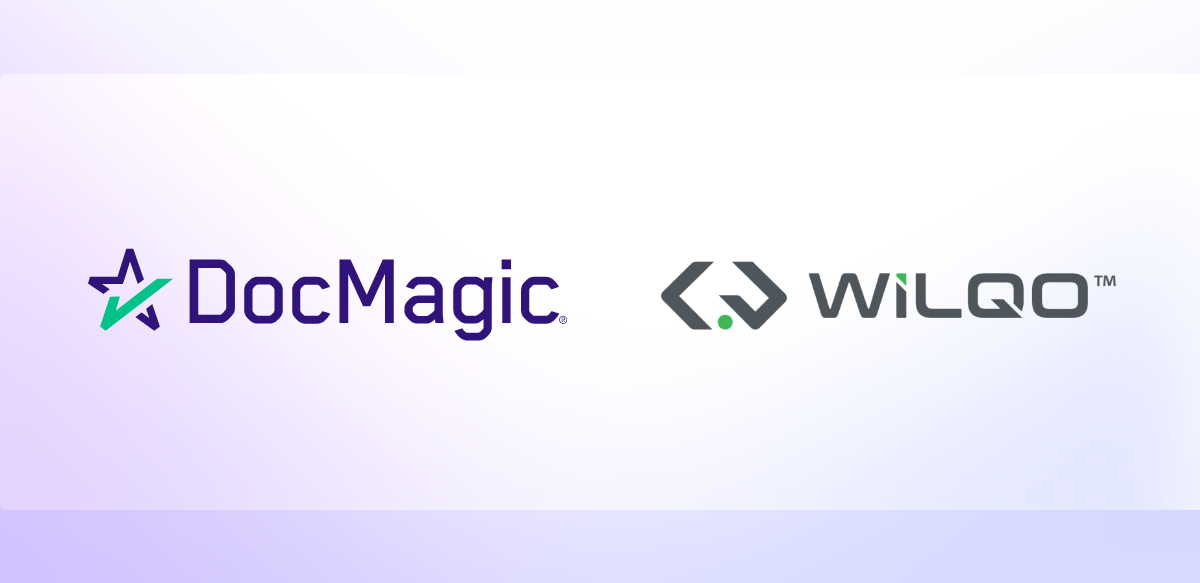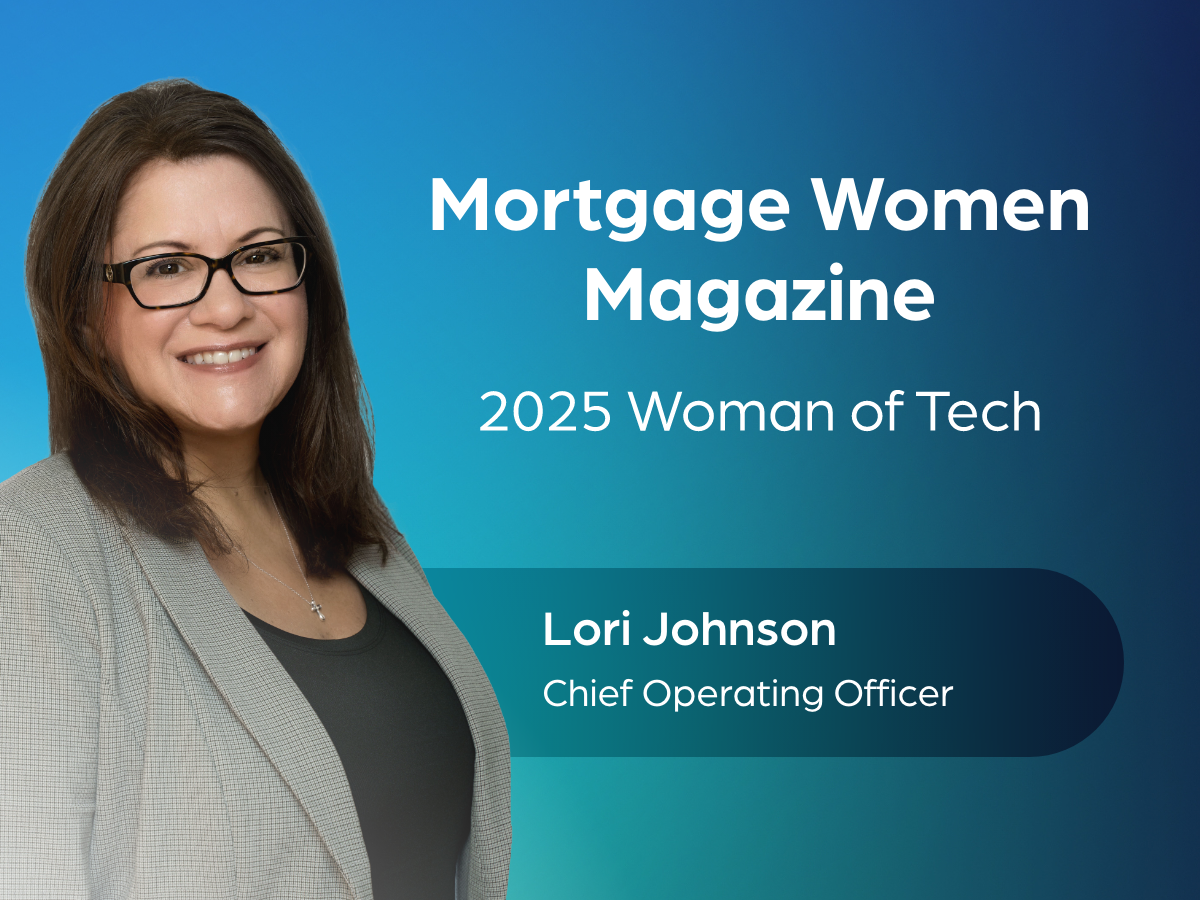DocMagic CMO named a 2025 HousingWire Marketing Leader

We’re proud to announce that our Chief Marketing Officer, Jennifer Stanley, has been named a 2025 HousingWire Marketing Leader—an honor that recognizes top marketing executives who are driving innovation and delivering real business results in the housing industry.
Since joining DocMagic in 2021, Jennifer has led a major transformation of our marketing efforts. She’s built a data-driven marketing team and helped to craft go-to-market strategies that have significantly advanced our brand and business. With over two decades of experience across B2B and consumer marketing—as well as licenses in both mortgage and real estate—Jennifer brings a unique perspective to the work we do.
Her leadership has played a key role in promoting DocMagic’s end-to-end digital mortgage solutions and expanding our market presence. As our COO Lori Johnson said it, “Jennifer brings a rare combination of strategic thinking, creativity, and operational discipline to DocMagic’s marketing efforts.”
Jennifer shared her appreciation for the recognition, saying:
“It’s an honor to be recognized alongside such a talented group of leaders. I’m proud of what we’ve accomplished and excited about what’s ahead for DocMagic.”
Please join us in congratulating Jennifer on this well-deserved recognition. You can view the full list of HousingWire’s 2025 Marketing Leaders here: https://www.housingwire.com/articles/announcing-the-2025-marketing-leaders/




